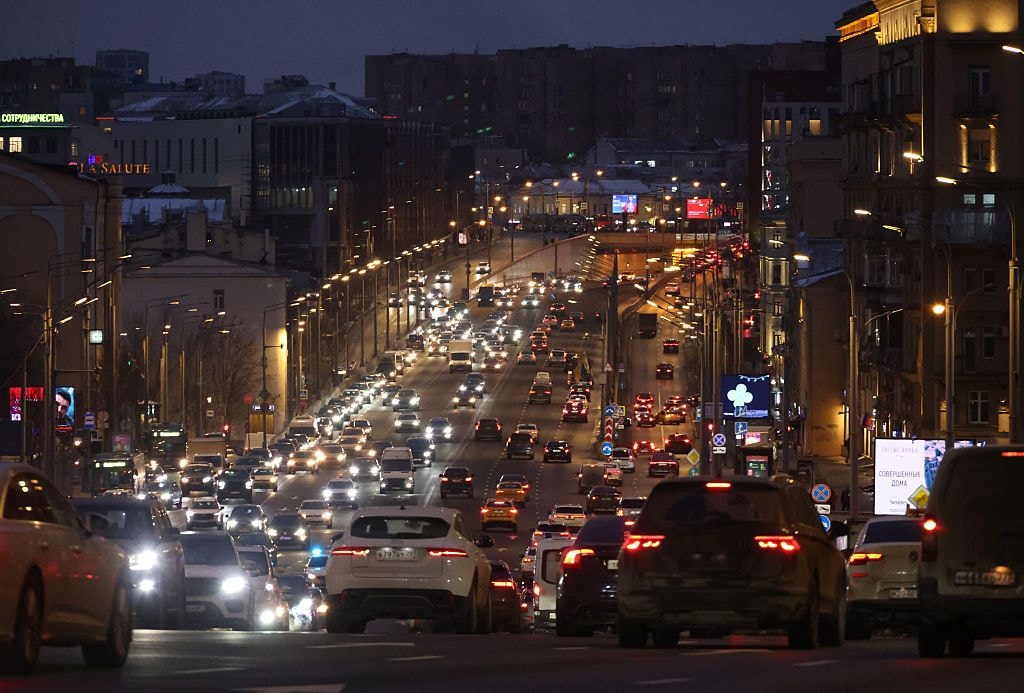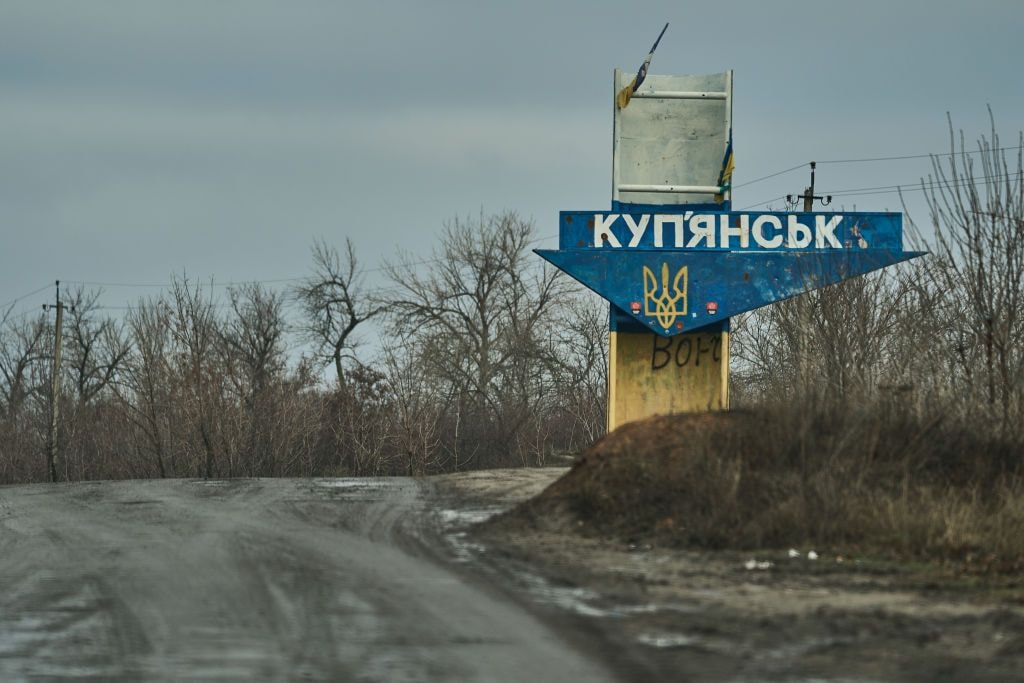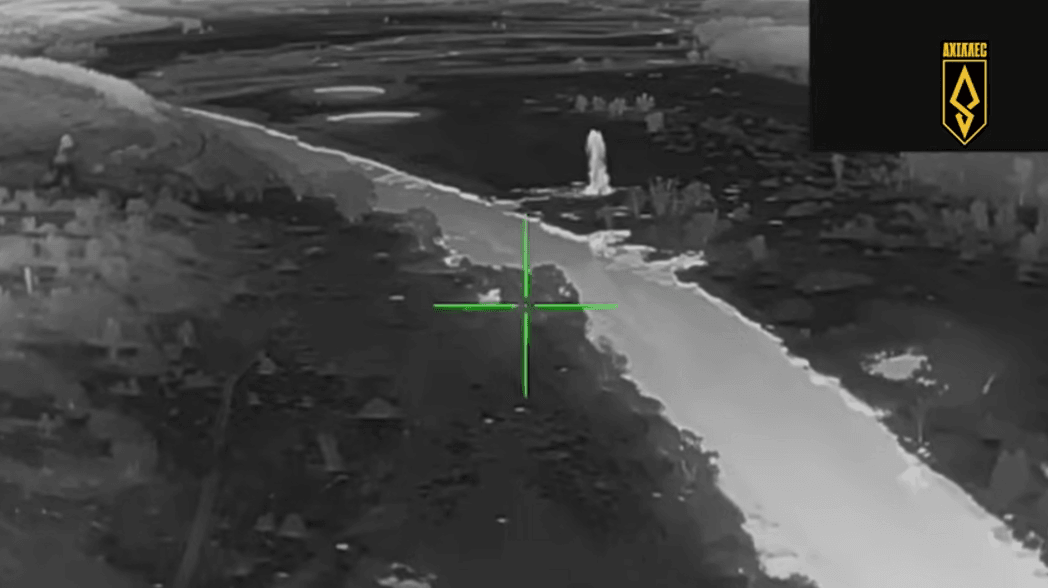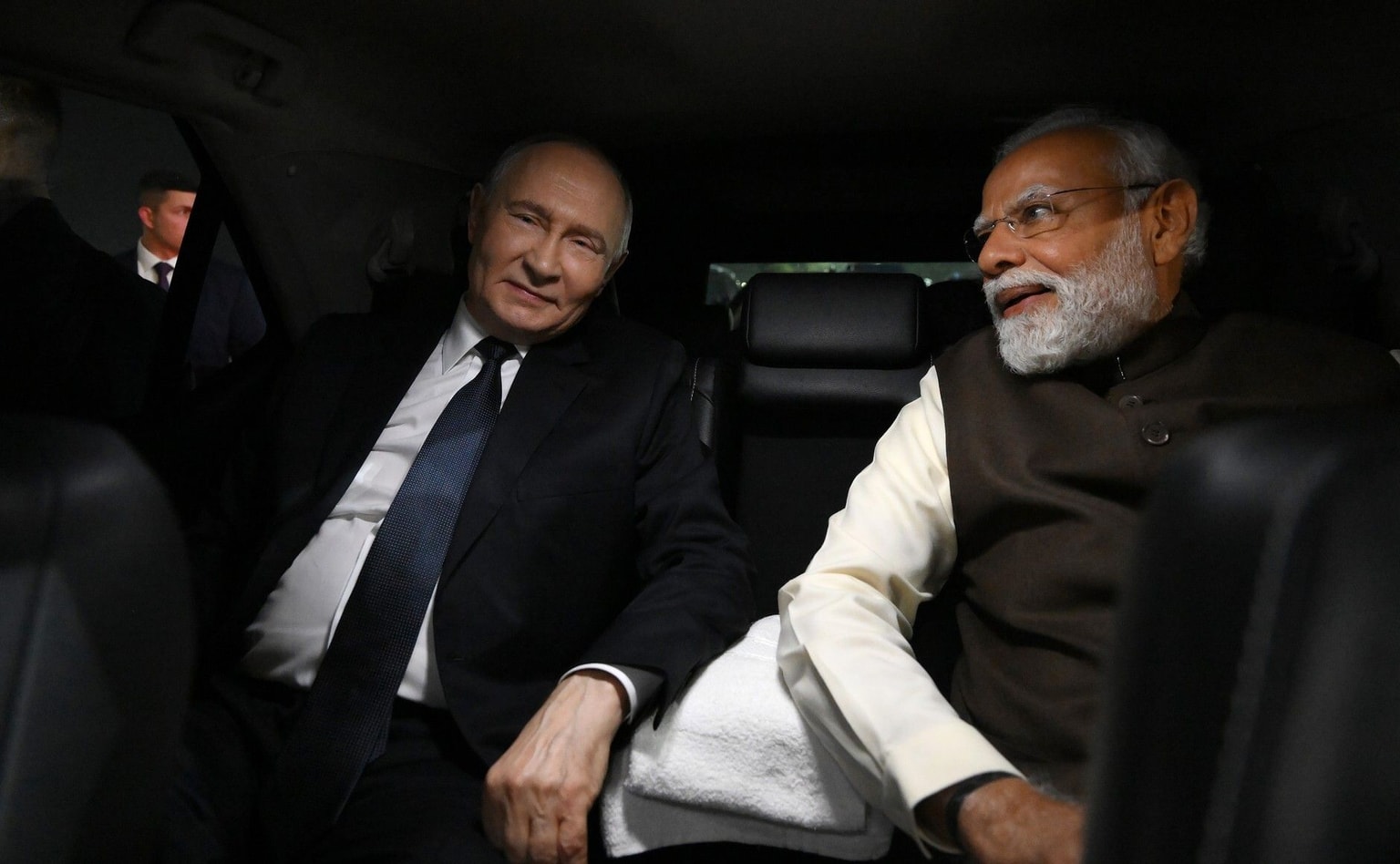WSJ: Russia aims to produce 6,000 Shahed-type drones a year in Tatarstan

Russia plans to produce 6,000 Shahed-type drones per year, in addition to surveillance drones, at the Alabuga Special Economic Zone in Tatarstan, The Wall Street Journal (WSJ) reported on May 28, referring to a contract leaked by the Prana Network hacker group.
The Russian military has been using cheap but effective drones to attack Ukraine since fall 2022. Western media, such as the New York Times, has reported the cost of each Shahed-136 drone to be as low as $20,000.
Russia is reportedly ramping up domestic production of its own version of Iranian-made Shahed-136 drones, relying on Chinese components and Iranian technologies.
Moscow signed a deal with Tehran to build the domestic drone plant in late 2022 in Tatarstan, obliging to partly pay $1.7 billion in gold bars, the WSJ said.
The terms of the deal were revealed in February by the Prana Network, which claimed to break into email servers associated with Iran's Islamic Revolutionary Guard Corps.
Russia aims to reach the production level of 6,000 Shahed attack drones a year at the Alabuga facility, while the factory was already ahead of its production schedule in April, the WSJ said. It has produced 4,500 Shaheds, according to the International Institute for Strategic Studies.
Russian personnel are currently learning to operate the drones in Syria with instructors from both the Revolutionary Guard and Iran-backed militant group Hezbollah, according to Ukraine's military intelligence and a former Syrian officer with conflict-monitor group Etana.
The factory in the Alabuga Special Economic Zone also produces reconnaissance drones, such as the M3 Albatross, which have collected detailed photographic intelligence on Ukrainian positions and movements on the front line.
The domestic-produced drones also helped to repel Ukrainian attempts of incursion into Belgorod Oblast on the countries' shared border, the manufacturer claimed.
Russia yet needs skilled workers to assemble drones to ramp up its production further, the article read. Moscow started to recruit specialists, mainly young female students, in Africa, according to the WSJ.
Russian businesses offered African students a skilled job paying three times the wage at home, with airfare, free accommodation, and a university diploma to join the work-study program.
Over a thousand women have gone to the Alabuga free zone from all over Africa, while an additional thousand students will likely join in 2024, the WSJ said, citing Ugandan officials.
The Ukrainian military regularly attacks Russian facilities in the Tatarstan Republic.
In April, Ukrainian forces struck production facilities in Yelabuga, where the Alabuga Special Economic Zone is based, and Nizhnekamsk. The targets were an oil refinery and a manufacturing facility for the Shahed-type attack drones.
Soon after, on April 17, a factory in Tatarstan producing bomber aircraft for the Russian military was also attacked by Ukrainian drones, Ukraine's military intelligence (HUR) source told the Kyiv Independent.
Another Ukrainian attack against Russia's Tatarstan Republic was carried out on May 23.










